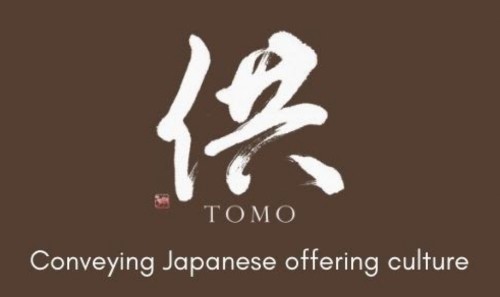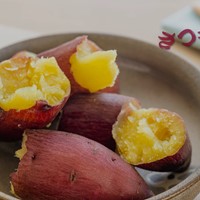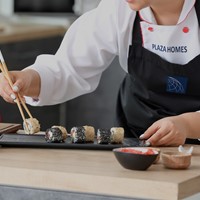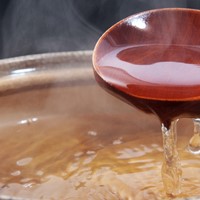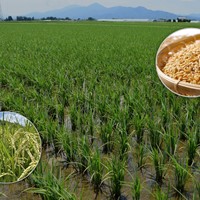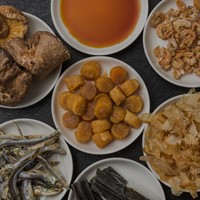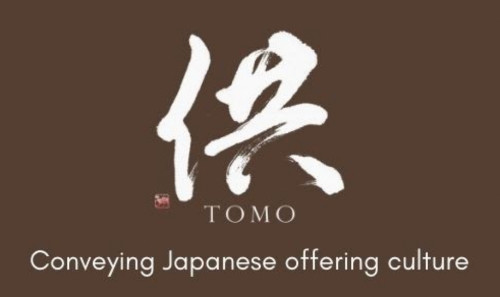What is wasanbon (sugar) and how do you use it in Japan?
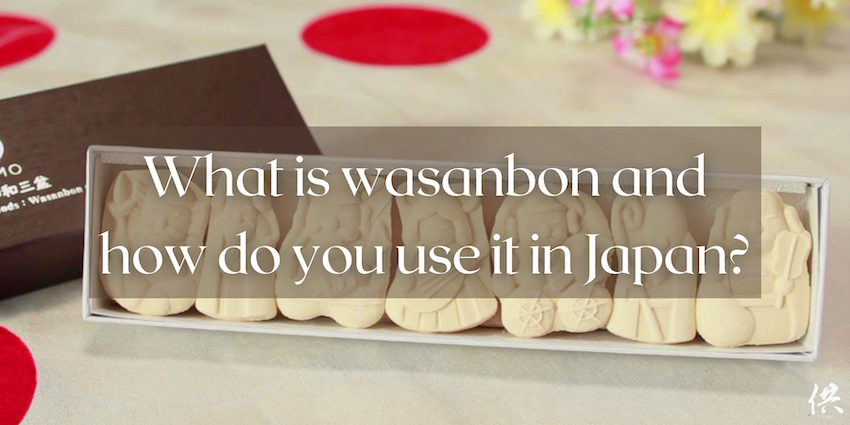
This page contains affiliate links.
This article is contributed by 供TOMO.
“Healthy” or “rice” might be the first words you think about when you hear about Japanese cuisine. Sushi or yakiniku places (=grilled meat) have become more and more popular across the world.
Regarding Japanese desserts, rice-based pastries are dominant: if you had the opportunity to eat in a Japanese restaurant, you might have inevitably tried or at least seen a dango or a mochi.
Another main ingredient in Japanese pastries is sugar. Sugar from Hokkaido or Okinawa is the most common, but there is also another type of sugar, called “wasanbon”, made from the same traditional techniques for centuries and conveying the history and skill of Japanese craft.
A short history of sugar in Japan
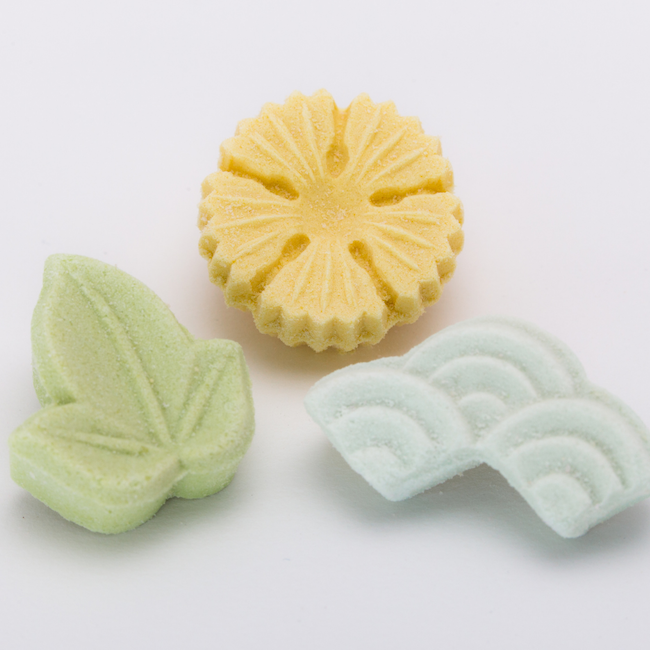
Sugar production increased during the Edo period (1603 and 1867) thanks to Yoshimune Tokugawa. After his death, Matsudaira Yoritaka, a feudal lord, wanted to develop sugar production across Japan. After a pilgrimage to Shikoku, one of his men could obtain sugar cane from Shikoku island, and the production of wasanbon started.
Wasanbon: a high-quality dry sweet between tradition and modernity
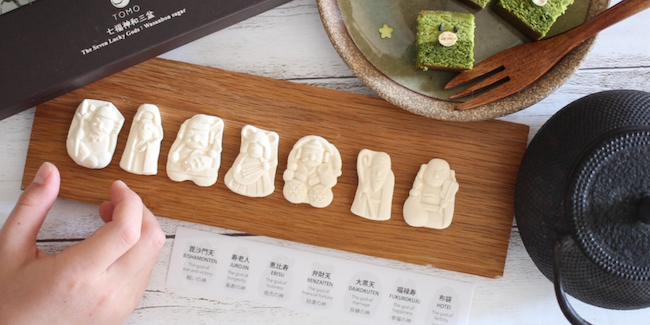
Wasanbon is an upper-class wagasahi (=Japanese sweet). In Japanese, “wa” refers to “Japan''. This sugar is refined 3 times, and it is also rich in minerals.
Originally, wasanbon sugars are molded with traditional patterns according to seasons (cherry blossoms in spring, Momiji leaves in fall, etc). With globalization, it is even possible to buy ghost-shaped wasanbon for Halloween or Santa Claus-shaped wasanbon for Christmas.
You can also get lucky charms wasanbon sugars, with the form of the Seven Lucky Gods (Bishamonten, Jurojin, Ebisu, Benzaiten, Daikokuten, Fukurokuju, Hotei).
A traditional production in 8 steps
Wasanbon is made from a particular type of sugar cane called “chikusha”, harvested at the end of the year in Kagawa and Tokushima prefecture, on Shikoku Island.
Wasanbon production is done in 8 steps: the chikusha juice is first extracted and boiled. The cane juice extract is then purified and boiled again. The substance is left to rest, and then the refining process is repeated twice (for a total of 3). Lastly, the sugar is sifted and dried.
The whole process can take up to 20 days. Some Japanese factories offer you the opportunity to make your wasanbon sugar (or you can at least choose your mold and color to achieve the esthetic part of the process!)
Today, this same technique has still been followed since the Edo period and has been unchanged.
The perfect Japanese sugar with matcha and brown rice coffee
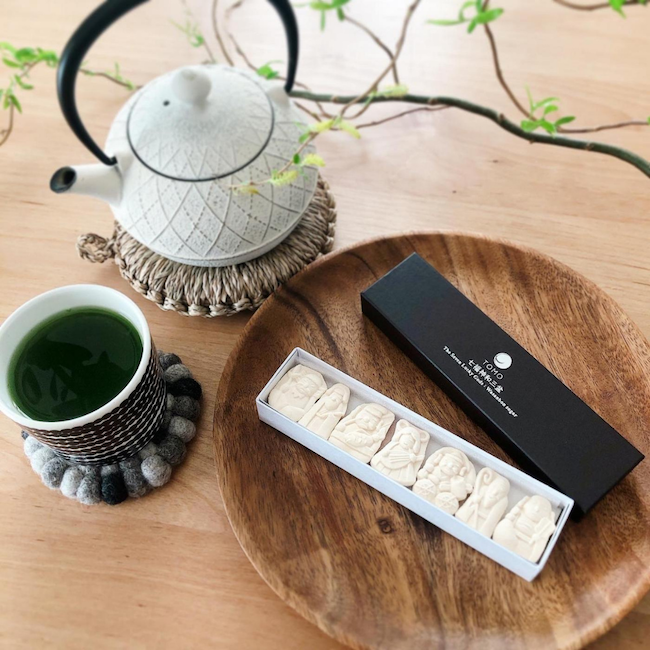
For the tea ceremony, with a cup of matcha or brown rice coffee, wasanbon is a delicate sugar that is used as a sweetener in Japanese drinks. You can also enjoy it like candy: this unique treat will melt in your mouth and offer you the right amount of sweetness.
As mentioned before, wasanbon is often used in Japanese cuisine as well. Some professionals add wasanbon to their rice for more flavor. Popular Japanese sweets, like yokan or castella, can also be made from wasanbon.
If you are familiar with Japanese culture, you might have heard of offering culture in sacred places such as shrines and temples. To convey their wishes or gratitude to the deities and ancestors, offerings made from foods and drinks are a common practice. Wasanbon sugars are both tasty and precious, which makes them the perfect gift for this kind of occasionl.
Conclusion
Wasanbon is a high-quality sugar that was spread across Japan during the Edo period. It has a light and delicate taste. You can eat it like candy or use it as a natural sweetener for your drinks or Japanese recipe. Wasanbon sugars can have different shapes and colors, which change with the seasons. You can also make your wasanbon sugars in some Japanese factories.
If you are looking for a new culinary adventure or an original gift from Japan, you definitely should give it a try!
Where can you buy Wasanbon Sugars?
- on TOMO Japanese Online Store (for special inquiries: tomo@jat.asia)
- on Amazon Japan and Amazon US
